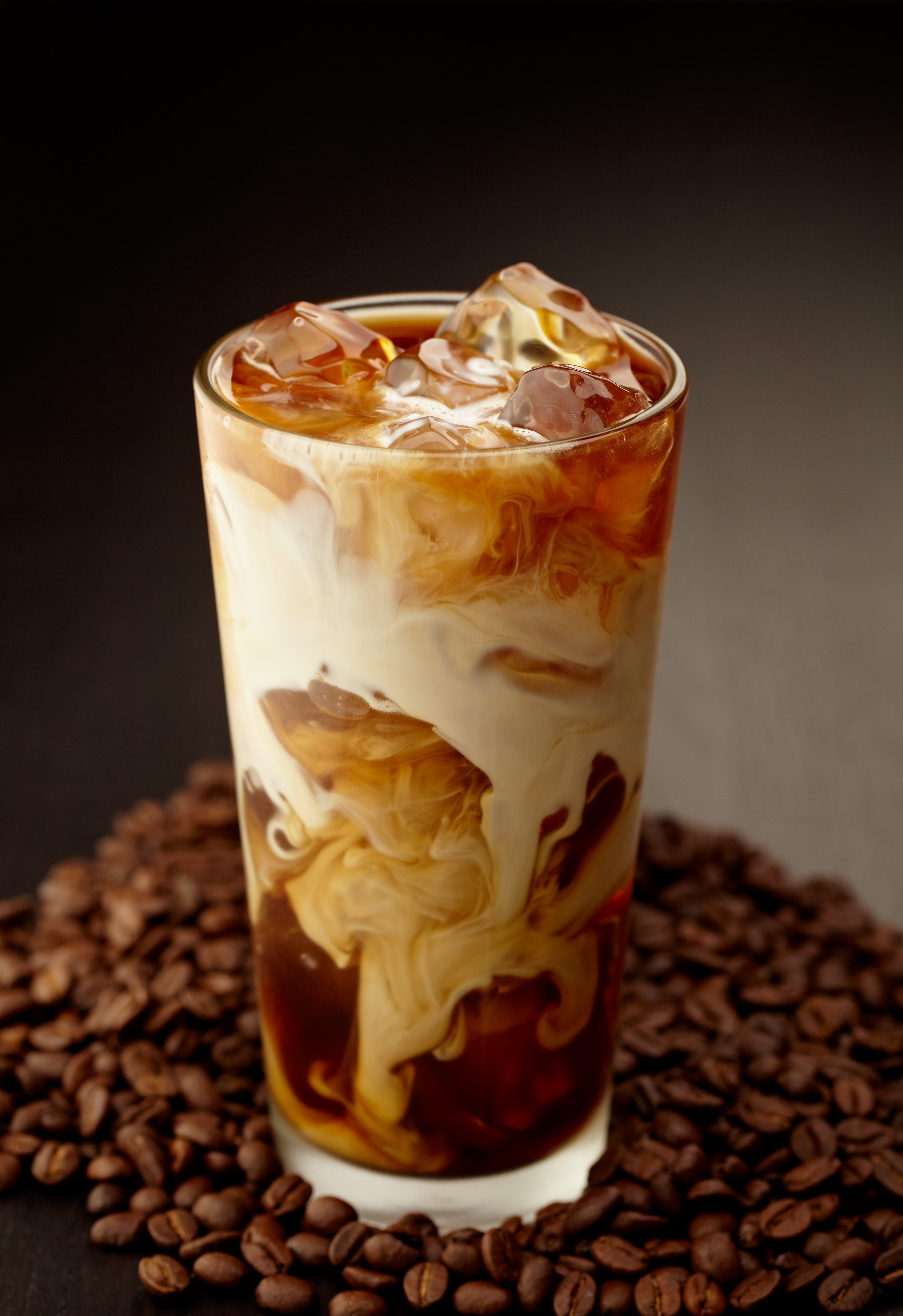
Coffee and coffee culture have gone through a revolution in the US. Half a century ago, when coffee was a commodity, we drank thin, uninspired coffee out of Styrofoam cups or at a diner. Back then, the drink’s taste was not important but rather coffee’s value as a morning energizer or social connector. My Mom kept a pot going all day, as much for sipping as to have, as Sheldon Cooper on The Big Bang Theory might say, a hot beverage ready to serve guests. Coffee was morning and all-day energizer. Freshness and flavor were secondary.
Fast-forward through instant Sanka to dark roast Peet’s Coffee to today, when America finds itself in the midst of what is called coffee’s third wave. That is, a new generation of roasters and cafes that consider coffee an artisanal product. Of course, coffee culture varies from region to region across in the US. And American coffee culture is now available worldwide through the success of Starbucks and its thousands of cafes. But coffee culture varies from country to country. No matter where you go, coffee is the ultimate social snack. Here are just a few experiences of coffee culture outside the US.
Chile
From office break rooms to family get-togethers, Chileans embrace Nescafé. A product of the Swiss packaged goods conglomerate Nestlé, Nescafé IS coffee in Chile. Served in portion-size packets, the instant coffee granules are poured into a cup to which boiling water is added. Milk and sugar are served alongside. Though all restaurants will serve you a Nescafé coffee if you ask for coffee, if you request “coffee coffee,” an espresso may appear.
Turkey
The secret to Turkish coffee is in the beans, which are ground to a very fine powder before brewing. Brewed not once but as many as four times in an ibrik, a small, copper pot with a long handle for pouring, the dark liquid is fragrant and thick and, if sugar is added after the first boil, viscous. Let the coffee rest for a moment to allow the grounds to sift to the bottom of the ibrik before serving in demitasse cups. Drunk all day in cafes, coffee is also a preferred after dinner drink.
Italy
A hop and a skip across the wide Mediterranean Sea from Turkey, Italy also prefers coffee finely ground and served in small cups. Anytime except at breakfast, that is. At breakfast, an espresso is mixed with milk for a cappuccino. For the remainder of the day, through ground a bit coarser and brewed three fewer times than Turkey’s four, espresso is the preferred way to drink coffee. Cappuccinos are ordered in the morning, when there is time to sit and linger, while espresso is a “to go” drink, served at gas stations and cafes where the only option is to stand at a table to enjoy your demitasse hot drink.
Mexico
Café de la Olla, or pot coffee, has roots in 18th century Mexico. Originally made with corn masa, a finely ground corn flour, the drink known as atole is swirled with cinnamon and piloncillo, an unrefined cane sugar, before heating. Whether or not coffee is added to the brew, atole is an important drink at breakfast and at dinner. As in Chile, instant coffee is important in regions where coffee is not grown and atole is also made with Nescafé.
No matter where you live, coffee is a social creature. The ritual of drinking coffee brings people together to share office gossip and family news. Coffee culture is important ritual in slowing down and enjoying the scene at a market square and a part of waking up. Whether made with artisanal beans or instant powder, coffee is the ultimate social snack.


